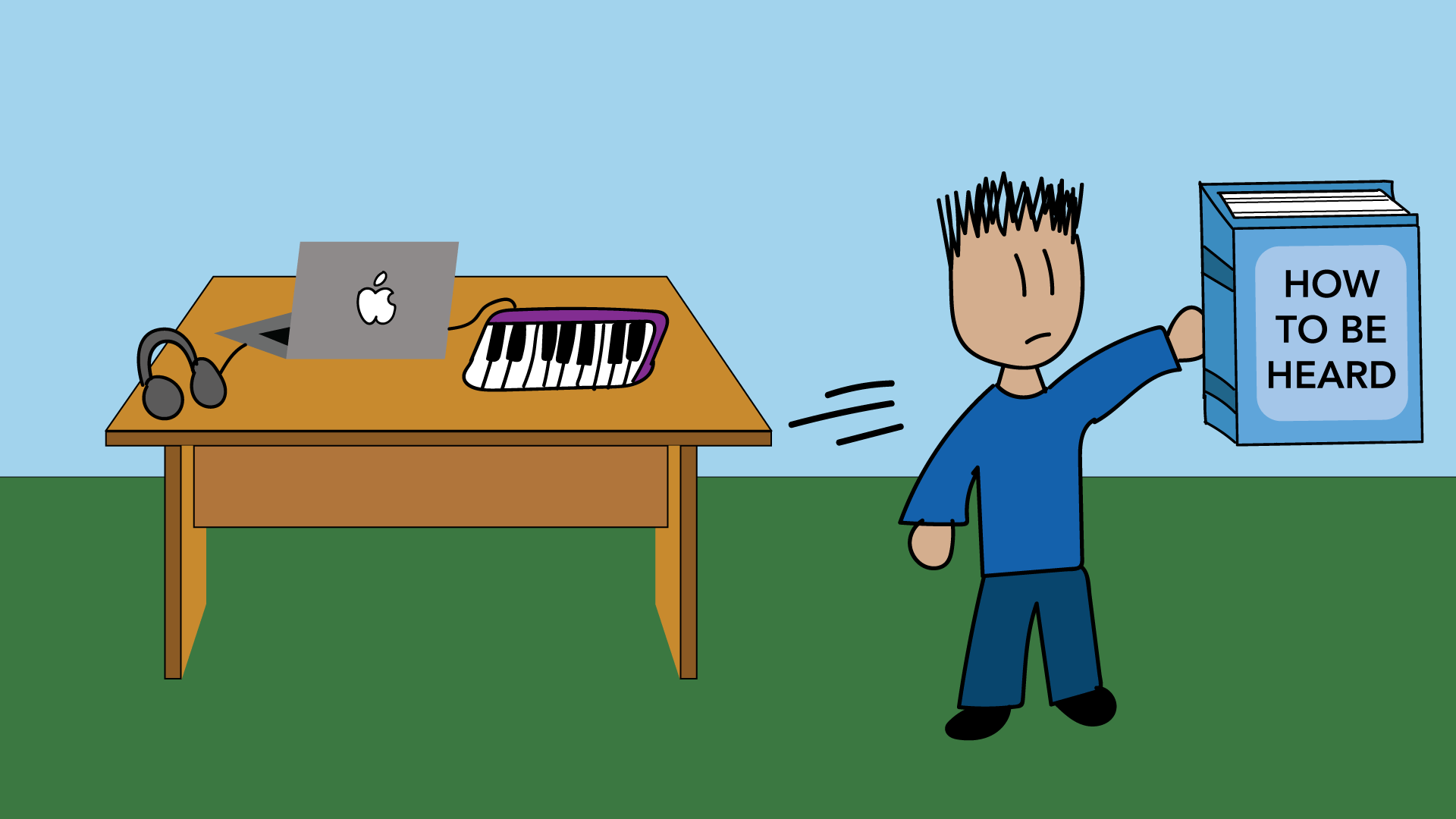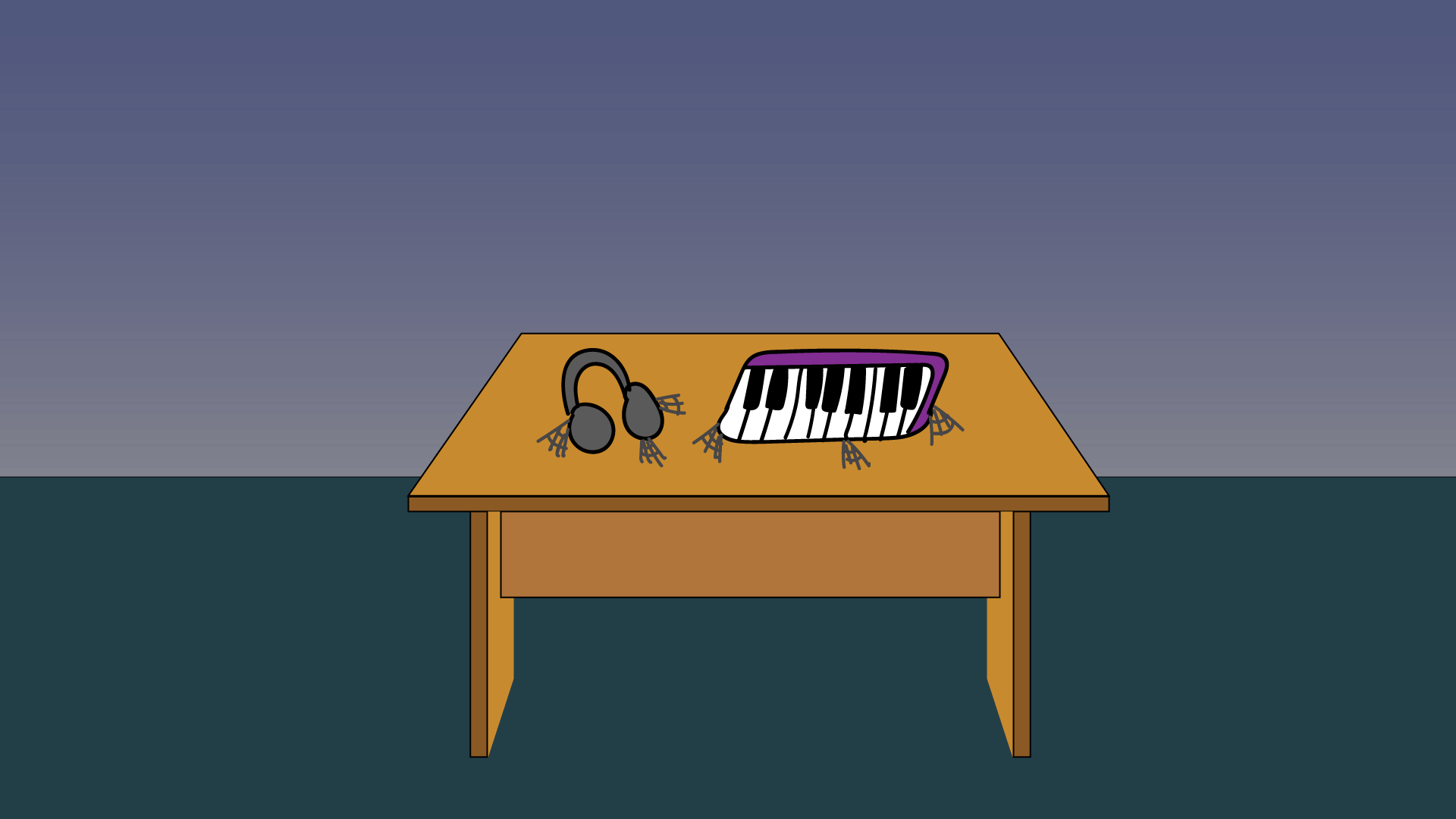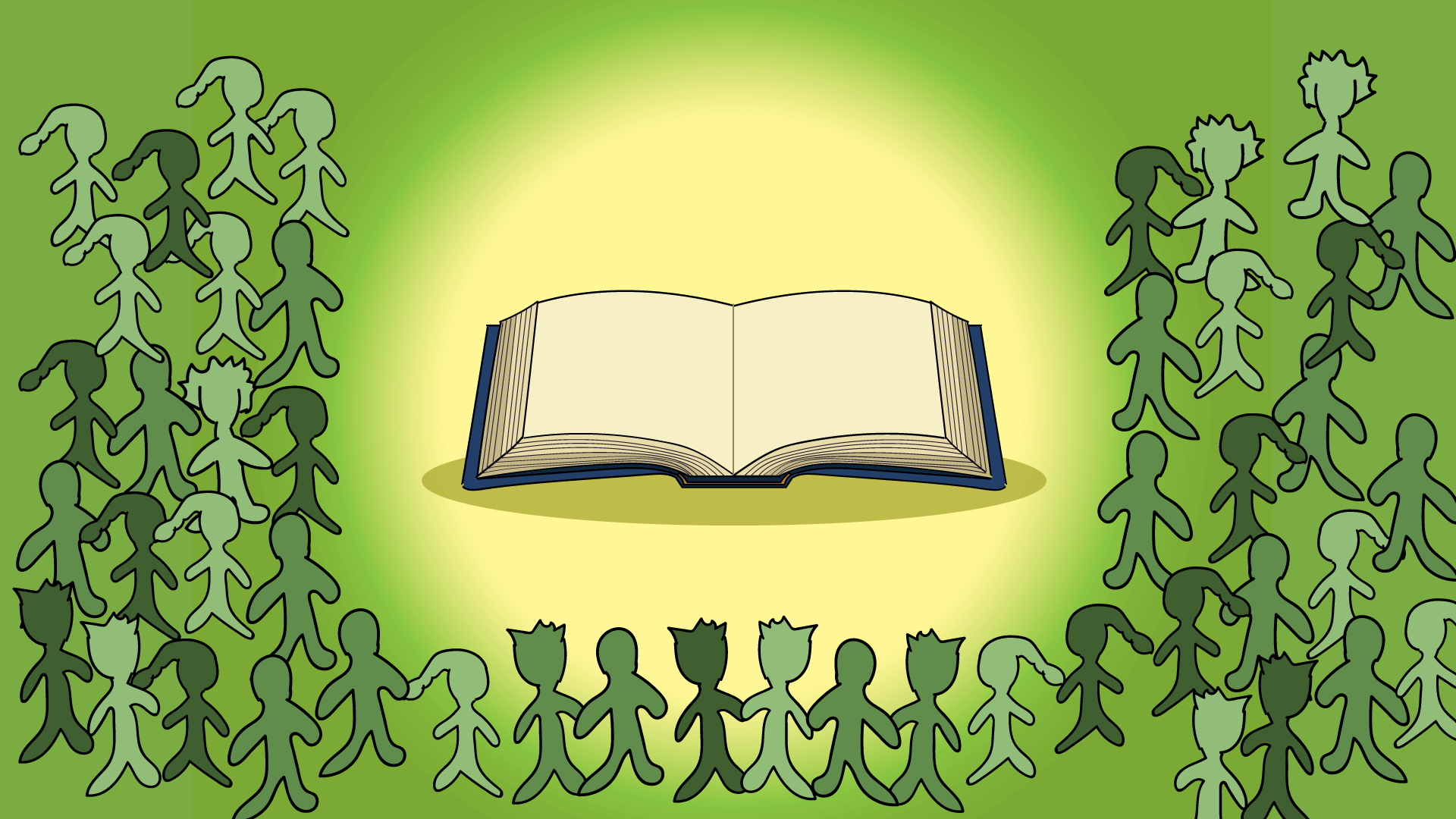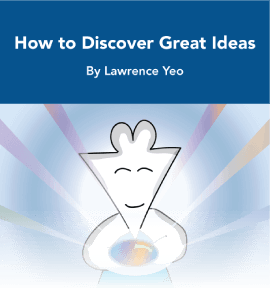How to Build an Audience Without Losing Yourself
I was a full-time musician for a number of years, and like any career in the arts, it was full of ups, downs, and everything in between.
The bright moments were fairly simple. These were the moments when I was actually making music, directing my attention toward creating songs that moved me. When I was focused on the craft itself, that’s when I was closest to actualizing whatever creative potential I had within me.
If this was where I remained, then perhaps my relationship with music would have blossomed into something incredible. But instead, it went in the opposite direction, primarily because I stopped investing my time into making music, and focused on gaining approval instead.
You see, music is one of those art forms that’s riddled with status games and gatekeepers. Of course, many creative fields are like this, but music is one where it’s especially obvious. As a result, I dedicated much of my attention toward figuring out how I could be heard instead of working on the music itself.
So instead of trying to be a better musician, I would spend that energy reaching out to blogs, labels, and other musicians in the hopes that they would listen to my work. I would read up on distribution strategies, growth hacks, and even stood in front of record labels hoping to sneak my music past the front desk. All these things took up many hours of my time, which meant that were less and less hours in the day where I was actually creating music at my desk.
Ultimately, I understood how futile this all was. I realized that what really mattered was whether my music itself was getting better, and that I needed to direct my energy toward that. But by that point, my relationship with music changed. It no longer brought me joy to create it, and instead felt like a slog to wade through. Focusing too much on “how I was going to be heard” chipped away at my love for the art, and realizing this, I knew that it was time to step away.
Around this time, I started reading lots of philosophy, and became immersed in the world of ideas. I also began to tinker with writing, and experimented with drawing to support my words. I understood that there was something special here, and I decided to start a new project called More To That. I launched it in March 2018 and emailed it to a list of 20 readers (aka close friends and family) about this “new creative thing I’m getting into.”
I didn’t set many intentions upon launch, as I had no idea where this thing would go. But there was one thing that I told myself from the outset:
I would approach my time as a writer differently from my time as a musician. Instead of trying to get a bunch of eyeballs on my work, I would spend my attention and energy on becoming a better writer and storyteller. My goal – if there was one – was to become the artist that I was capable of becoming. The inner compass would take precedence over external approval. Because in the end, it’s only through creating great work where people are even drawn to your creativity in the first place.
This sentiment has guided More To That to this date. In the era of growth hacks, SEO, and algorithmically boosted content, I’ve continued to focus on how I can become a better storyteller. The question is not how I might go viral, but how I can create something that I’m proud of. It’s this refinement of intuition and ability that drives you toward being the best creator you can be.
That’s why Thinking In Stories won’t give you growth hacks or templates you can use to quickly build an audience. If that’s what you want, there are many other courses out there you can take. Rather, Thinking In Stories is about the craft of storytelling itself, and the various tools you can use to present your ideas. It’s about exploring your own creative identity, and understanding which frameworks and techniques allow you to refine it over time.
By putting the craft above everything else, you reap the downstream benefits without even focusing on them. In my case, I’ve never written an SEO-optimized article or followed a social media strategy, yet here you are. The stories are what brought you here, and nothing else. That’s what it means to build an audience without losing yourself. You don’t have to cater to the algorithm and become yet another template for whatever trend is hot; instead, you can focus on creating something timeless that can be shared many years from now.




